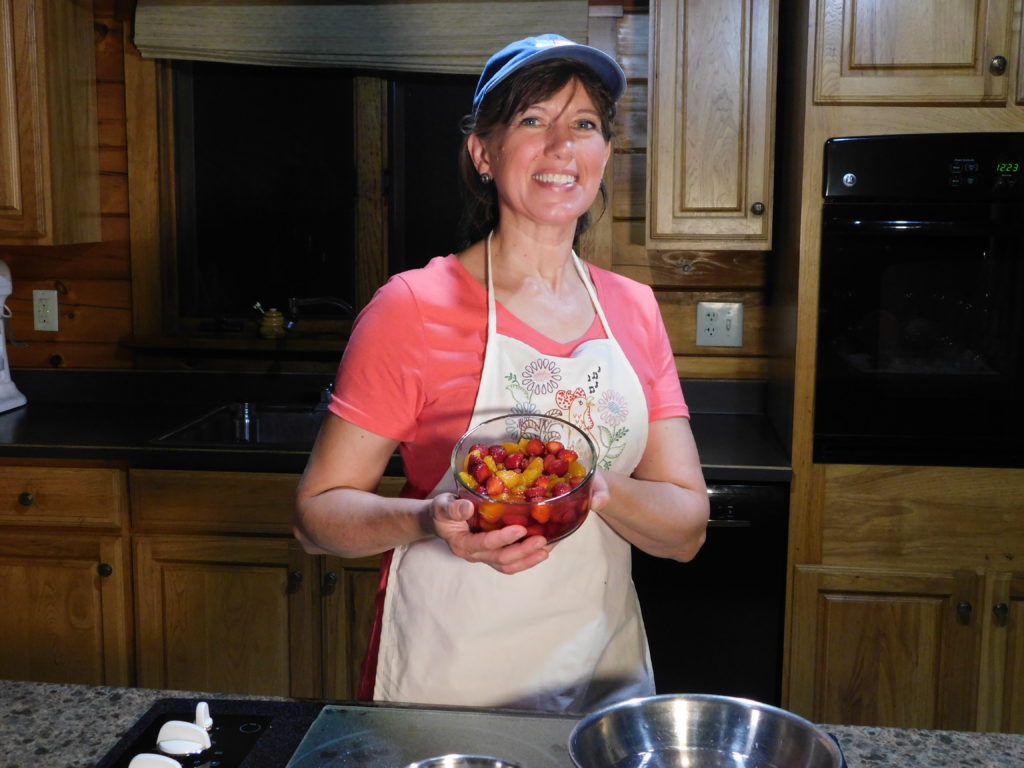REDIRECTED The Homestead’s Next Moves (June 23 2019)

The Homestead's Next Moves
Many new ideas and suggestions have presented themselves to the Homestead as a business venture. I am anxious to hear from the community and outsiders on thoughts about what has been presented. In order to keep this as brief as possible (although I think this will become lengthy as it is), I will give descriptions in bullet format. I encourage anyone interested or with further thoughts or suggestions to please send me a message. Click the link here to send an email.
Here’s a sampling of what has presented itself:
- Boat Storage. Apparently there is a need for additional boat storage near Lake Raystown. The Homestead could aid in some of this need. A positive to this includes the close location to Shy Beaver Boat Launch. A discussion with a Township Supervisor revealed that storage would be an acceptable use at the property. I need thoughts on this idea and if any one has an interest in storing a boat. I will also be reviewing new insurance policies, so if you are a local agent that wants to talk to me about a mixed use policy at reasonable prices, please contact me.
- Glamping or “Experience” Camping. Have you heard of glamping yet? Glamping is outdoor camping with amenities and comforts not usually used in traditional camping. This includes items such as beds, outdoor bubble baths, decorative lighting, etc. But glamping also includes escaping to secluded areas, private camping spots, and unique structures. The idea of building small structures related to farm and forestry (the Homestead’s theme) and then renting them out as unique camping experiences is an idea that has been suggested. Thoughts included limiting the experiences to just a few sites with structures such as a rustic cabin, a shepherd’s wagon, yurt, tree house, or outfitters tent. I have already contacted the sewer authority on this. Due to regulations and prohibitive costs, this would be a limited number of sites. Have you experienced glamping and what did you do? I would love to hear about your experience or if you have thoughts about the idea.
- Local Businesses forming a Co-op. Several local business owners have contacted me over the past two years about forming a business co-op for the Lake Raystown area; particularly the southern portion of the lake. Who else is interested? I’m putting it out there. Let’s get this ball rolling. If we want to do this, we need to promote the area, our services or products, and we need to get organized. Talk is cheap. Let’s go! Email me.
- Events at the Homestead. I have been contacted by several people as to whether we could host events at the homestead such as large group picnics, family reunions, yoga or meditation classes by the pond (maybe goat yoga, too), art or craft classes, educational programs (these would need to be related to farm or forestry – the Homestead’s theme), plays or music performances, star gazing (our light pollution is minimal and the stars are amazing), etc. All of these things would involve various structures, approvals, insurances, and amenities. I’m looking for interest and any other ideas before I dedicate time to researching further.
Currently, a small portion of the property is farmed. That will continue. Having a small number of livestock and poultry will also continue. Most of the surrounding acreage will be left untouched for the wildlife and the privacy that make the property so special and unique. The goal is to continue to make the Homestead a joyous place. Although I have never met the man who started this vision for the property in the 1950’s (the late Mr. Tyson Geiss), I so hope that I can continue his visions while adding my personal touches.
– “Aunt Bee” Ross

